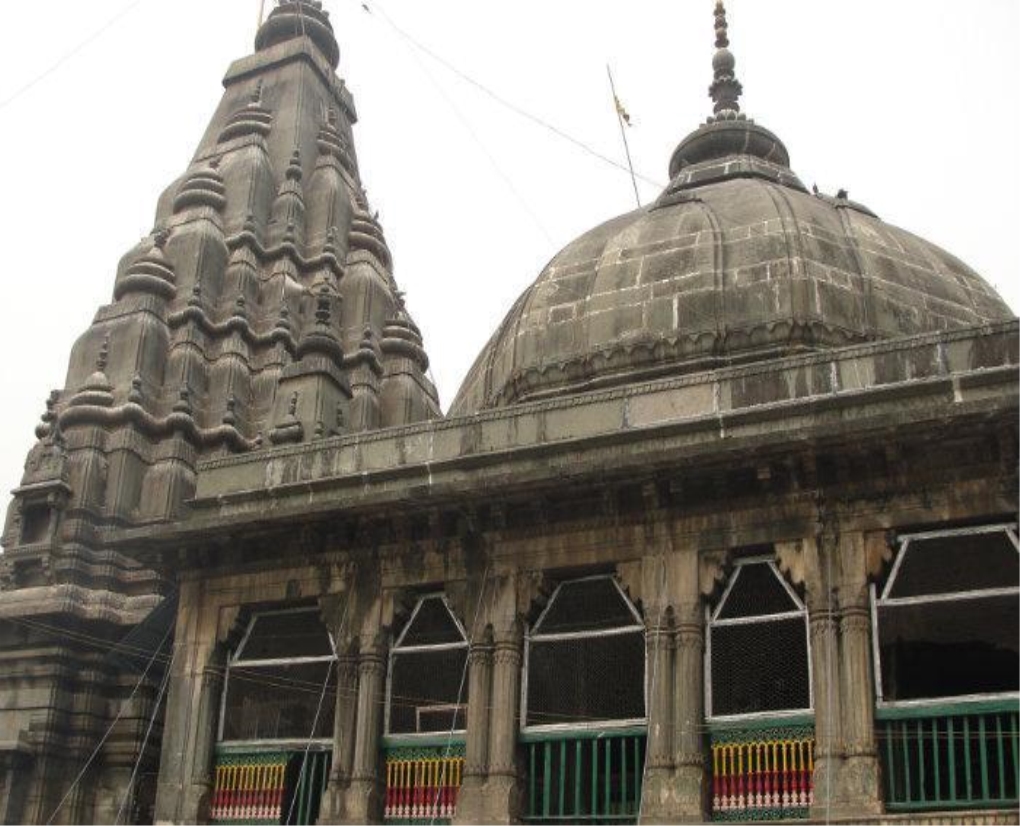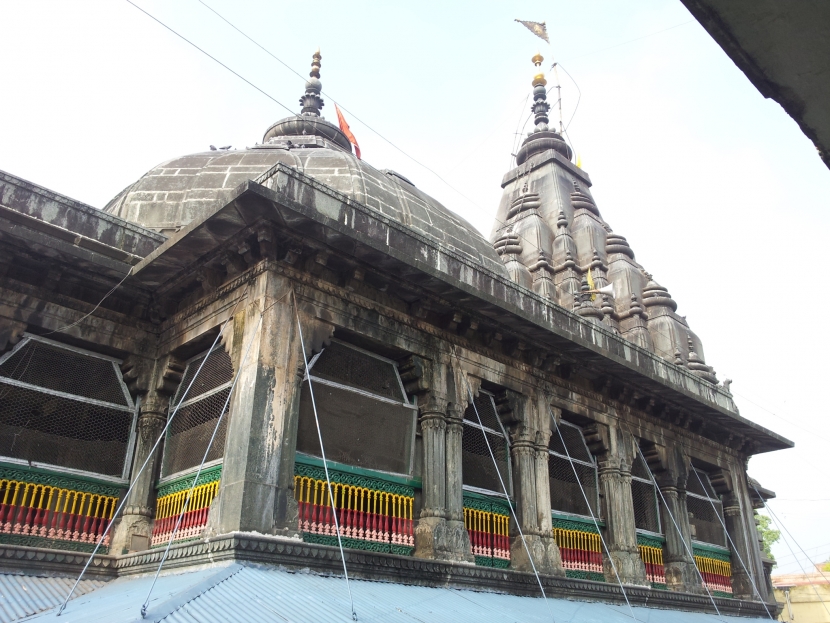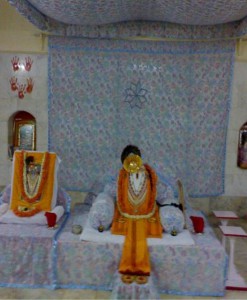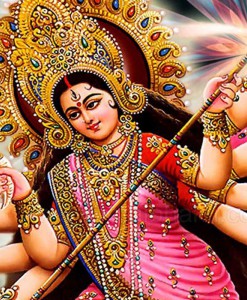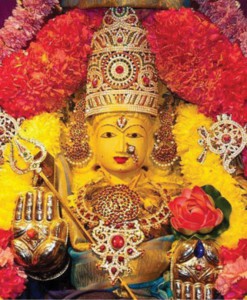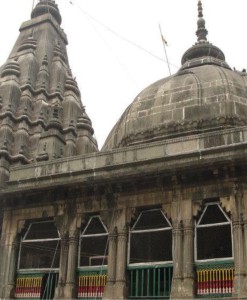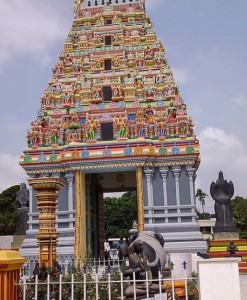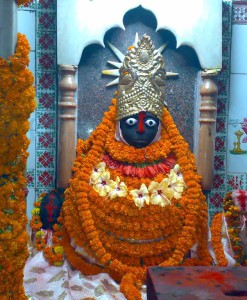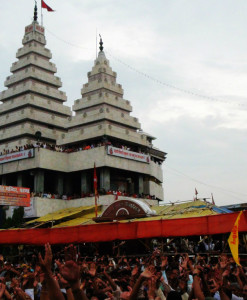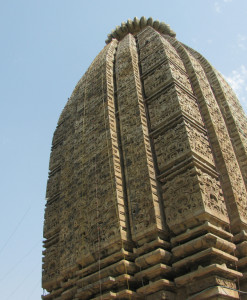No products in the cart.
The Vishnupada Mandir is an ancient temple in Gaya, India. It is a Hindu temple, dedicated to Lord Vishnu. This temple is located along the Falgu River, marked by a footprint of Lord Vishnu known as Dharmasila, incised into a block of basalt. The Shakdweepeey Brahmins have been the traditional priests at Vishnupad Mandir in Gaya as Gayawar Pandas and in the adjoining districts like Hazaribagh. Several legendary saints as Ramanujacharya, Madhvacharya, Sankaradeva and Chaitanya Mahaprabhu have visited this shrine. Vishnu foot print inside the Vishnupada Mandir, the 40 cm long footprint of Lord Vishnu is imprinted in solid rock and surrounded by a silver plated basin.
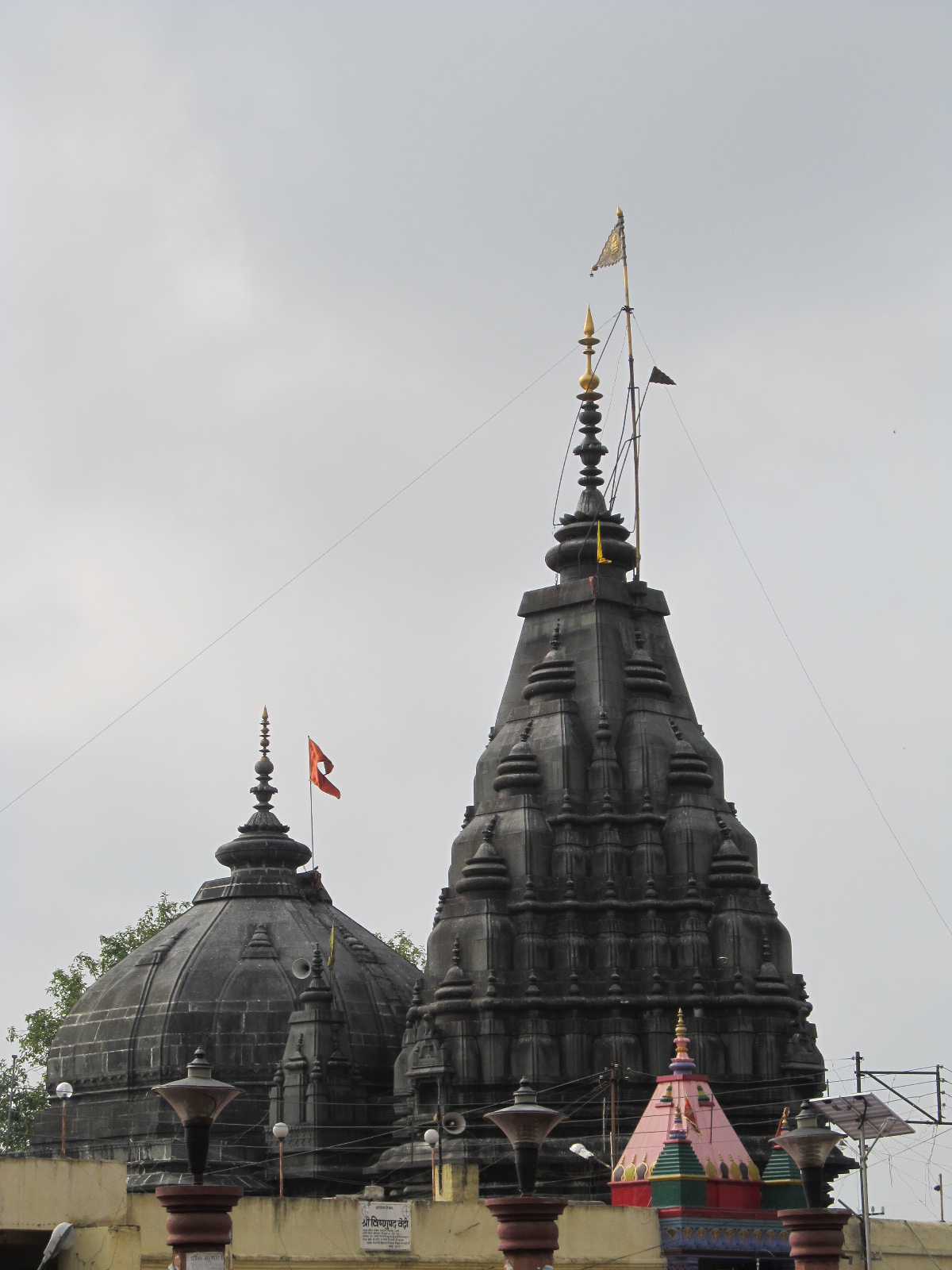
The construction date of the temple is unknown and it is believed that Rama along with Sita had visited this place. The present day structure was rebuilt by Devi Ahilya Bai Holkar, the ruler of Indore, in 1787, on the banks of the Falgu river. A flight of 1000 stone steps leads to the top of the Brahmajuni hill, 1 km southwest of the Vishnupad mandir. Visitors prefer to go to the top of Brahmajuni hill see the magnificent view of the temple from the top. There are many small temples near this temple.
Once a demon known as Gayasura did a heavy penance and sought a boon that whoever see him should attain salvation (Moksham). Since salvation is achieved through being righteous in one’s lifetime, people started obtaining it easily. To prevent immoral people from attaining salvation Lord Vishnu asked Gayasura to go beneath the earth and did so by placing his right foot on asura’s head. After pushing Gayasura below the surface of the earth, Lord Vishnu’s footprint remained on the surface that we see even today. The footprint consists of nine different symbols including Shankam, Chakram, and Gadham. These are believed to be weapons of the lord. Gayasura now pushed into earth pleaded for food. Lord Vishnu gave him a boon that every day, someone will offer him food. Whoever does so, their souls will reach heaven. The day Gayasura doesn’t get food, it is believed that he will come out. Every day, one or the other from different parts of India will pray for the welfare of his departed and offer food, feeding Gayasura.
This is believed that the temple was built with the footprints of Lord Vishnu in the center. In Hinduism, this footprint marks the act of Lord Vishnu subduing Gayasur by placing his foot on his chest. Inside the Vishnupad Mandir, the 40 cm long footprint of Lord Vishnu is imprinted in solid rock and surrounded by a silver plated basin. The height of this temple is 30 meter and it has 8 rows of beautifully carved pillars which support the pavilion.
The temple is built of large grey granite blocks joined with iron clamps. The octagonal shrine faces east. Its pyramidal tower rises 100 feet. The tower has sloping sides with alternately indented and plain sections. The sections are set at an angle to create a series of peaks joined at the top. Within the temple stands the immortal banyan tree Akshayabat where the final rituals for the dead take place.
This place is also believed to be the one under which the Lord Buddha meditated for six years. Inside the Vishnupada Mandir, the 40 cm long footprint of Lord Vishnu is imprinted on solid rock and surrounded by a silver plated basin.
There are a gold flag and couple of Kalash made of gold has been embedded at the top of the temple which used glitter. It is said that long ago two thieves tried to steal the golden flag and the Kalash from the top of the temple, but one thief became a stone at the top of the temple and the other became a stone as he fell to the ground. The stone of the thieves still remains on public view.
The temple is open for devotees from 9 AM to 12.30 PM and from 5 PM to 8 PM.
The exact location of Vishnupad Temple is Chand Chaura, Gaya, Bihar 823001
A flight of 1000 stone steps leads to the top of the Brahmajuni hill, 1 km southwest of the Vishnupad mandir. Visitors prefer to go to the top of Brahmajuni hill to see the view of the temple from the top. There are many small temples near this temple.
By Road
The Grand Trunk Road (NH-2, which is undergoing a revival under The Golden Quadrilateral project) is about 30 km. from Gaya city. Thus, Gaya is well connected to Kolkata, Varanasi, Allahabad, Kanpur, Delhi, Amritsar, and to the Pakistani cities of Lahore and Peshawar. Although the highway connecting Gaya to Patna is not in a good condition, the railway services between the two stations are up to the mark.
By Rail
Gaya is the second most important station in Bihar after Patna. It is a junction and is connected to the three of the four metropolis New Delhi, Kolkata and Mumbai through Important Broad Guage Routes (direct trains), including the Grand Chord line. There is a direct non-stop train, the Mahabodhi Express from New Delhi to Gaya daily. It takes around 16 hours to reach Gaya from New Delhi through the train.
There are direct trains from Gaya to other important stations in India like Ranchi, Varanasi, Lucknow, Kanpur, Allahabad, Agra, Mathura, Jabalpur, Bhopal, Indore, Nagpur, Puri, etc. There are also two smaller train lines from Gaya, one to Patna and the other to Kiul.
By Air
Gaya has the only international airport in Bihar and Jharkhand taken together. It is a small international airport connected to Colombo and Bangkok.

